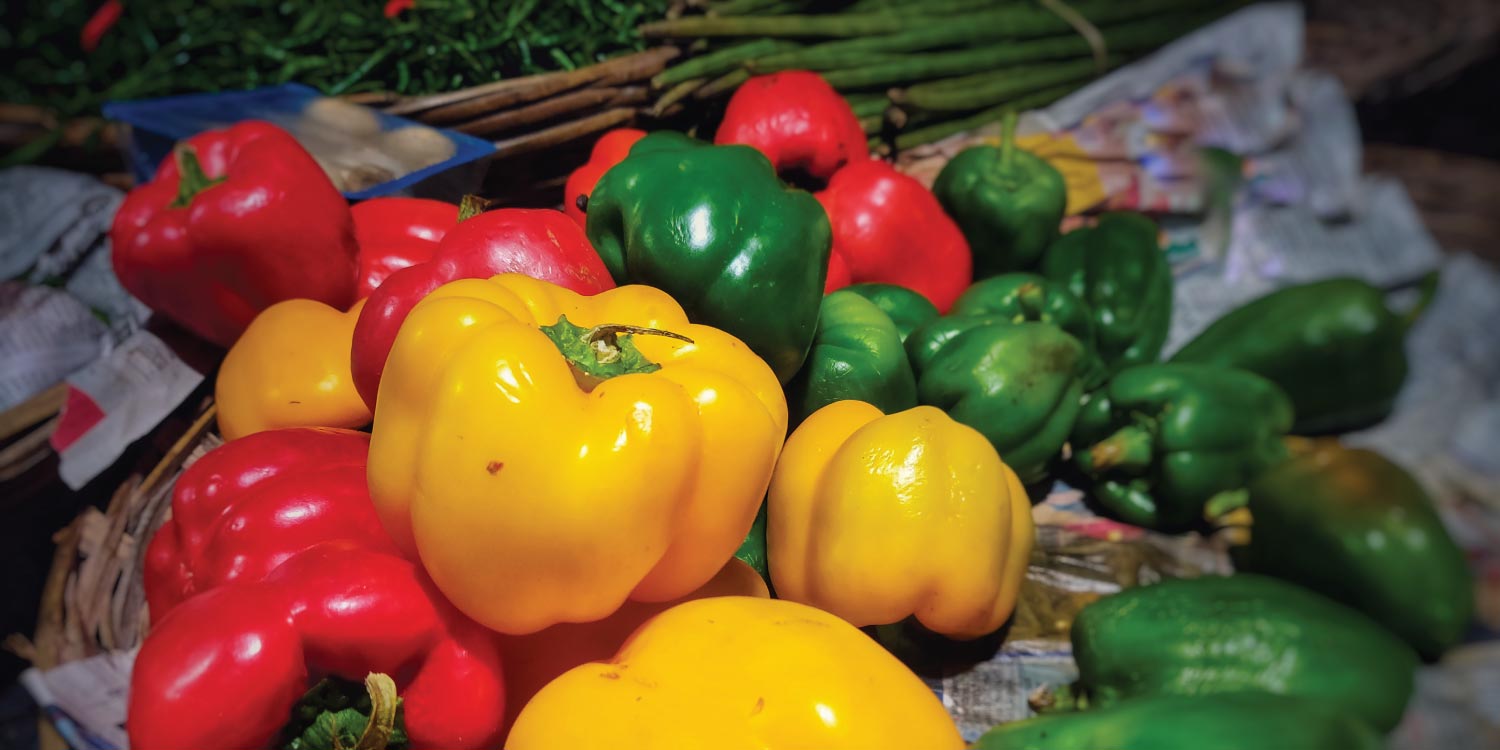It is two weeks since farmer Grace started harvesting her capsicum crop. She is doing it twice a week. She already had a ready market for her fruits, selling to a buyer on contract.
In this article, we shall look at post-harvest management practices one should carry on capsicum fruits.
The management starts immediately after harvesting. In most cases, the post-harvest management practices determine the final quality of the products harvested. It helps in keeping the products cool, reduces moisture loss, and minimises physical damages due to poor handling techniques. They also help in keeping the products clean, which reduces chances of contamination from the pathogens, which can easily reduce shelf-life of products.
At the pack house, which can be a simple structure such as a shed that is constructed to store the farm produce, the dirty fruits should be cleaned.
The fruits can be prevented from getting dirt by ensuring clean harvesting is done. This is by using clean crates, or even placing a sack on the ground before putting the crates on.
However, dirty fruits can be cleaned using a clean cloth gently without causing bruises.
Unwanted materials
Once the fruits have been harvested, sorting should be done to remove unwanted materials, diseased fruits as this can easily cause infection to others. The ripe fruits should be separated from the overripe ones.
Some clients prefer the overripe ones for direct consumption while others the unripe varieties since they will have a longer shelf-life. The malformed fruits or the fruits with the physiological disorders should also be separated.
After sorting, grading can be done according to the size, colour or ripening stage. Same size fruits should be placed together, what helps during selling as different grades can be sold at different prices depending on the quality. In capsicum, the calyx should not be removed as this reduces the shelf-life.
The weighing of the graded products should be done to help in tracking the yields hence maximising the output. Weighing can be done before or after sorting and grading.
If done after, all the sorted or graded produce should be weighed to get the total quantity harvested.
The fruits should be packed in clean crates or containers to minimise dehydration and damages during transportation and storage. In some cases, the buyers require the fruits to be packed in punnets that are usually sealed. Packing is usually done for marketing or storage purposes.
The capsicum fruits should be stored in a clean and dry place. The temperatures should be regulated as high results in the fruits going bad. On the other hand, low temperatures cause chilling effects to the fruits. When transporting for long distances, the vehicles should be fitted with refrigerators or air conditioners.
Standing water
The transporting vehicles should be suitable, that is in good condition, and dry that it is, it should not have standing water. It should also be free of pests and diseases. It’s also ideal to have specific vehicles dedicated to carrying food products as this helps in reducing food contamination that eventually results in food poisoning.
gianne254@gmail.com




